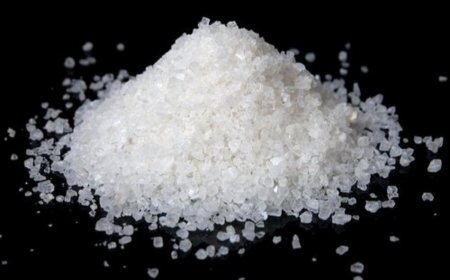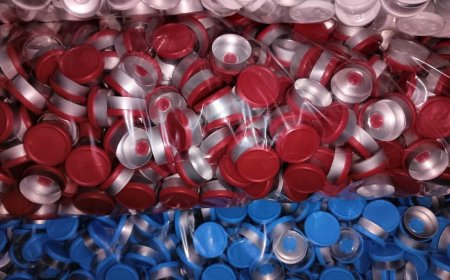Keeping Your Basement Dry: Simple Steps to Waterproof
Protect your home with reliable basement waterproofing in St. Louis. We offer top-quality solutions to prevent water damage, mold growth, and foundation issues.
Moisture in the basement is rarely harmless. It leads to mold, warped flooring, musty odor, and even structural damage over time. Whether its a damp crawlspace or standing water after heavy rain, waterproofing is not just a maintenance task its vital home insurance. This post walks through common causes of moisture intrusion, telltale signs to watch for, and proven waterproofing techniques, all explained in everyday terms.
How Basement Moisture Happens
Hydrostatic Pressure
Saturated soil presses water into foundation walls and floors, especially through joints and tiny cracks.
Leakage Through Cracks or Joints
Small gaps even if sealed can allow water under pressure to force their way in.
Poor Exterior Drainage
When soil around the house slopes inward or gutters dump water too close to the foundation, moisture sources multiply.
Window Well Issues
Low wells or improper sealing can allow water to seep near basement windows especially when storms roll in.
Signs You May Have a Moisture Problem
-
Condensation or dampness on walls or floors
-
Musty smell or visible mold
-
White powdery buildup (efflorescence) on the foundation
-
Swollen baseboards or bowed drywall
-
Occasional pooling or persistent dampness
Even small signs should lead to inspection. Silent moisture creates big troubles over time.
Effective Waterproofing Solutions
Interior Sealants & Crack Injections
Start inside by sealing entry points where water seeps in. Epoxy or polyurethane injection works well against small leaks.
French Drain + Sump Pump
Installing a gravel trench with tubing helps gather water under the foundation and direct it to a sump pump, which empties it safely.
Exterior Waterproofing Membrane
Applied on the outside of foundation walls, these barriers stop moisture before it enters.
Sump Pump Systems with Backup
Essential for homes in flood-prone or water-saturated zonesbackup pumps ensure reliability during outages.
Window Well Drains
Properly installed drains and gravel stop water from collecting around vulnerable windows.
What Happens When You Hire a Pro
-
Moisture mapping and inspection to understand the scope.
-
Crack or wall trench repairs if needed.
-
Installation of interior or exterior drainage systems.
-
Setting up a sump pump, often with optional battery backup.
-
Testing and final walkthrough with homeowner, plus periodic check schedule.
Most systems can be installed in a day or two without tearing up your home.
Maintenance Tips for a Moisture-Free Basement
-
Ensure gutters and downspouts are cleaned and directed away.
-
Regrade garden beds to slope away from the house.
-
Test sump pumps regularly, including battery backup.
-
Monitor humidity levelsinstall a dehumidifier if necessary.
-
Inspect basement after heavy storms for fresh leaks or moisture.





































